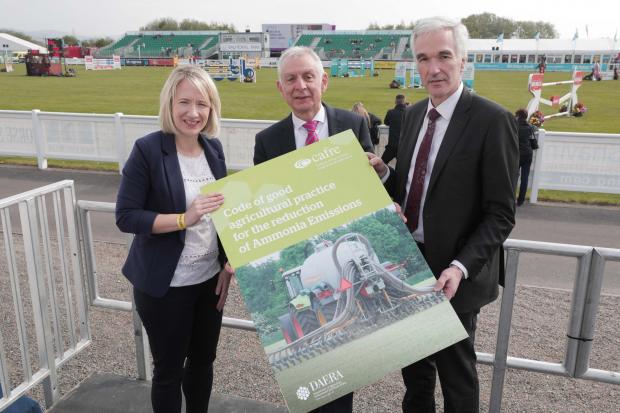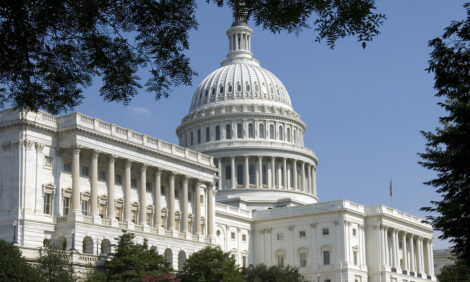



New code to help farmers reduce ammonia emissions
A new guide to help farmers improve the environment by reducing ammonia emissions was launched by the Department of Agriculture, Environment and Rural Affairs (DAERA).Produced in collaboration with the farming industry, the Code of Good Agricultural Practice for Reducing Ammonia Emissions provides farmers with a range of practical steps they can take to minimise emissions of this air pollutant which is harmful to the environment through the deposition of excess nitrogen on sensitive habitats. Ammonia is also one of a number of contributory factors in the formation of Particulate Matter which has negative impacts on human health.

“Reducing ammonia emissions is one of the key environmental challenges facing agriculture,” explained Norman Fulton, Head of DAERA’s Food and Farming.
“Many farmers have already made good progress by using methods that reduce ammonia emissions including how they store and spread manures and by changes made to their livestock diets. But we need to do more and farmers are in a great position to help us protect and enhance our environment, our sensitive and protected habitats as well as the air we breathe.
“We are committed to working with the industry to find ways to reduce ammonia, help farm businesses work in harmony with the environment and develop a sustainable agri-food industry. We need widespread adoption of the measures to achieve that,” Mr Fulton added.
It is hoped the new voluntary Code of Good Agricultural Practice for Reducing Ammonia Emissions will help Northern Ireland contribute to the UK targets of reducing ammonia emissions by 8 percent in 2020 and 16 percent in 2030.










